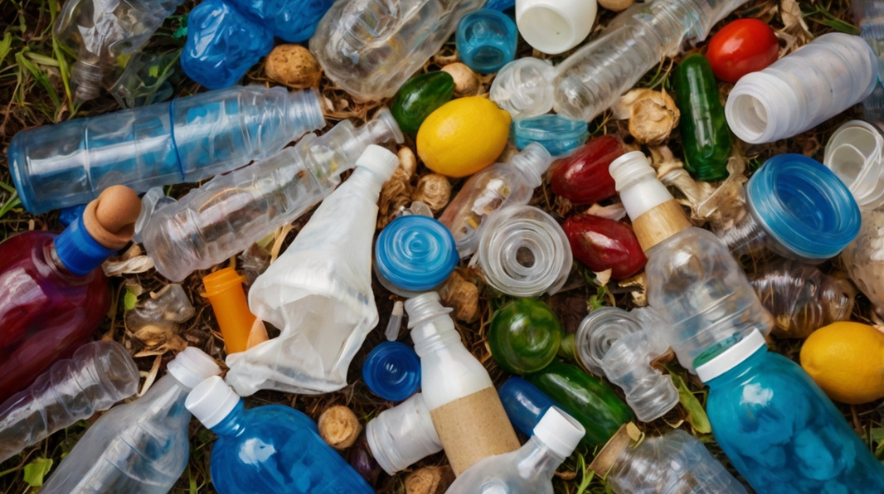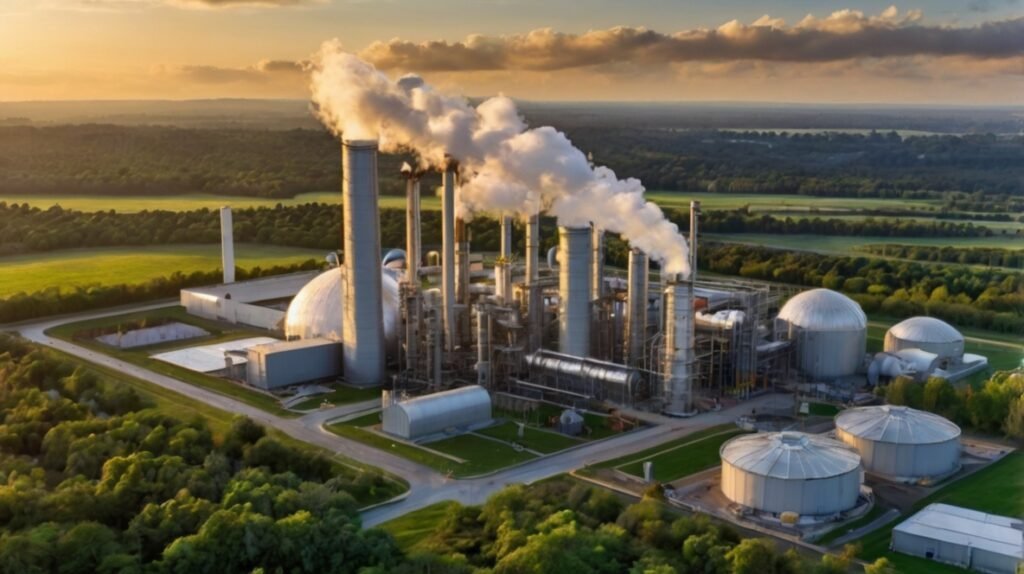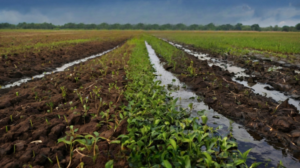Reduce Single-Use Plastics for a Sustainable Future

Environmental sustainability is becoming increasingly critical as we face the consequences of climate change and resource depletion. It encompasses practices that protect our planet for future generations. One significant challenge in achieving sustainability is the pervasive presence of single-use plastics. These plastics contribute enormously to global pollution, clogging waterways and harming wildlife. With millions of tons of plastic waste generated each year, it is vital to understand the role of these materials in environmental degradation and take action to reduce their usage.
Environmental Impact of Single-Use Plastics
Each year, more than 8 million tons of plastic find their way into our oceans, a staggering figure that contributes significantly to global pollution levels. About 40% of all plastics produced are intended for single-use purposes, highlighting a major environmental concern.
The lifecycle of single-use plastics poses severe risks to our ecosystems. Their production and disposal release toxic substances that compromise air, water, and soil quality. Moreover, only 9% of plastic waste is recycled globally, leading to massive amounts ending up in landfills or polluting natural habitats.
Plastic pollution has dire effects on wildlife. Marine animals ingest plastics, leading to digestive blockages and mortality. Over 800 marine species are affected, with microplastics found in the bodies of numerous organisms, including endangered species. This crisis extends to terrestrial wildlife as well, with land animals suffering similar fates.
The ongoing prevalence of single-use plastics underscores the urgent need for action to protect our environment and its inhabitants.
Why Reduction is Crucial
Reducing single-use plastics is essential for several compelling reasons that directly impact our environment and public health. Here are some key points to consider:
Decrease in Pollution Levels: By cutting down on single-use plastics, we can significantly reduce the amount of waste entering our oceans and landfills, which threatens ecosystems and wildlife.
Protection of Marine Life: Plastic pollution kills approximately 100,000 marine mammals each year due to ingestion and entanglement. Protecting these species is vital for maintaining biodiversity.
Conservation of Resources: Transitioning away from single-use plastics can conserve valuable natural resources and reduce greenhouse gas emissions associated with plastic production, as highlighted by the WWF.
As environmental expert Dr. Jane Goodall once stated, “What you do makes a difference, and you have to decide what kind of difference you want to make.” This sentiment underscores the importance of individual actions in combating plastic pollution.
Ultimately, reducing single-use plastics is not just an environmental necessity; it’s a critical step toward ensuring a sustainable future for both our planet and ourselves.
Strategies for Reduction
To effectively reduce single-use plastics, a multi-faceted approach is essential. This includes policy changes, corporate responsibility, and shifts in consumer behavior.
| Strategy | Description | Effectiveness |
|---|---|---|
| Policy Changes | Implementing regulations to limit plastic production and consumption. | High – Drives systematic change. |
| Corporate Responsibility | Companies committing to reduce virgin plastic use. | Moderate – Needs clearer goals and accountability. |
| Consumer Behavior Shifts | Encouraging consumers to prefer sustainable products. | High – Directly impacts market demand. |
For instance, the Biden-Harris Administration’s National Strategy to Prevent Plastic Pollution emphasizes reducing single-use plastics and implementing lifecycle impact measurements. On the corporate side, while a significant percentage of Fortune Global 500 companies have pledged to tackle plastic pollution, many still lack concrete actions to reduce virgin plastic usage, as noted in a Duke University study.
Furthermore, consumer behavior is shifting, with over 60% of respondents in a McKinsey survey willing to pay more for sustainable packaging. This collective effort across policies, corporations, and consumers is vital in our quest for environmental sustainability.
Frequently Asked Questions
What are some common misconceptions about plastics? Many people believe that most plastic waste is recycled. In reality, only 9% of plastic produced has been recycled, with most ending up in landfills or incinerated. Another myth is that microplastics are only found in the ocean; they are, in fact, present in food and even within humans.
How does the recycling process work? Recycling symbols can be misleading. Just because a plastic item has a recycling triangle does not mean it is recyclable. The recyclability varies by type, and there is no regulation on the use of these symbols.
Can individual actions really make a difference? Absolutely! Individual efforts, like reducing plastic consumption, can inspire wider community action. For example, a personal commitment to go plastic-free can influence others and lead to significant policy changes.
“The myth that plastic waste is largely recycled is far from the truth.”
Future of Environmental Sustainability
The future of environmental sustainability hinges on innovations in sustainable materials that can effectively replace single-use plastics. For instance, collaborations like the Been London x Biophilica Home-Compostable Collection are producing biodegradable alternatives without specialized processing facilities. Such breakthroughs can significantly reduce landfill waste.
Furthermore, organizations like the UNEP Plastics Initiative are setting long-term goals aimed at transitioning to a circular economy. Their strategic objectives focus on reducing unnecessary plastics, designing for circularity, and managing legacy waste effectively.
However, achieving these goals will require global cooperation. International agreements like the Paris Agreement facilitate collaboration, allowing countries to share technologies and strategies. This unified approach can accelerate progress towards sustainability, making it clear that tackling environmental challenges is a collective responsibility.
https://blissfullway.com/top-10-hidden-environmental-health-risks-explained/
Conclusion and Call to Action
In summary, reducing single-use plastics is crucial for environmental sustainability. The innovations in sustainable materials, such as the Been London x Biophilica Home-Compostable Collection and MycoWorks Fine Mycelium, showcase promising alternatives. Moreover, initiatives like the UNEP Plastics Initiative emphasize the need for a circular economy to combat plastic pollution.
Now, it’s time for you to take action. Start by reducing your use of plastics in daily life and support brands that prioritize sustainability. Together, we can make a difference.
If you found this article insightful, please share it with your network and encourage others to join the movement for a cleaner, greener planet.







